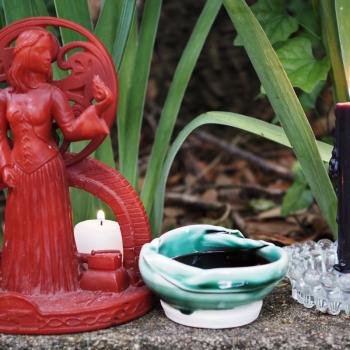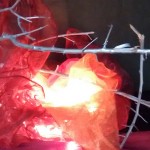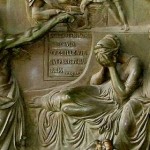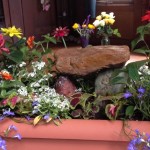Samhain is supposed to be the Witch’s new year. Yule is when the sun is reborn. And a couple of weeks later, the Gregorian calendar records another year of our so-called common era. But it isn’t until I have celebrated Imbolc that I feel like a new year can truly begin.
It’s one thing to learn the meaning of a sabbat through a Pagan book, but an entirely other to play close attention while moving through the wheel of a year yourself. In my years as a Witch I have come to anticipate Samhain as a time when relationships and projects end. It’s the season in which I’ve had most of my breakups. It’s the month in which housemates move on. It’s a time marked by the Tower card of the tarot.
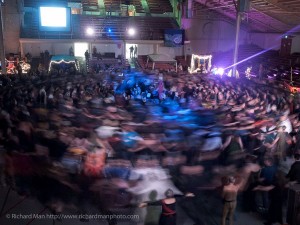
Every year I participate in the biggest ritual of my tradition, the Reclaiming Spiral Dance. In a crowd of over a thousand people, we trance, sing, do a spiral dance, and wish each other a happy new year. That last part always feels a little odd to me. I love the ritual for saying goodbye to the old year. And I would really like to jump into a new year right away, but it doesn’t work that way.
In the dark time between Samhain and Yule I spend much of my time looking back. I’m busy processing whatever breakup, shift in community, or loss of a dream I am going through. I’ve spent many of the long nights of the year staying up late, reconstructing a story, trying to understand what has died and shifted at Samhain.
By Yule I need the reminder that the light is returning. Too often I have lost myself in depression and despair and need this time to re-focus on hope. As the sun returns, I try to shift my focus away from what was and onto what is to come. And as we move into a new calendar year, I often wake up to the realization that digging in the past is indeed rendering diminishing returns.
This year is no different. There’s a project I started last Imbolc, which grew over the spring and summer, but stalled in the fall. By Samhain I began to feel stuck. “Go where the energy flows”, T. Thorn Coyle teaches in her books and podcast. I wasn’t doing that. I was pouring more and more energy into areas that weren’t working, not wanting to let go. As things slipped out of my grasp, I spent many a long night processing and grieving the unwanted change.
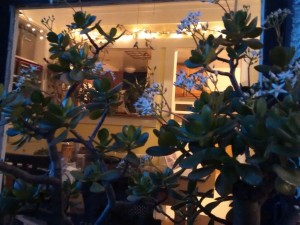
Now that I’m getting used to writing “2016” already, I still tweak nuances of last year’s story, but I am no longer caught up in it. I’ve grown weary of processing. As I am writing this, I notice blossoms on the succulents outside my kitchen window. I wonder when they started blooming and how I managed to miss it. It is another reminder that it is time to let go of understanding the old, and move into dreaming the new.
Here in the San Francisco Bay Area, spring comes early. The ground is already covered in vibrant wild greens, chickweed, malva, and miner’s lettuce. The first cherry blossom buds are opening on the trees downhill from my house. The crops of the old year have been brought in, the ground has been worked over and over, the winter rains are reviving the land. I get the message.
In my Reclaiming tradition of Witchcraft, we celebrate a Brigid ritual every Imbolc. It is one of my favorite rituals, if not the favorite. Up to two hundred people gather to make their pledges for the year, witnessed by their community. In the center of our circle we tend the cauldron of Brigid, flames hissing and burning throughout much of the ritual. Each of us has the opportunity to step up to the cauldron. If we wish, we can anoint ourselves with the Waters of the World. Waters collected from melted arctic snow, the Chalice Well, spring water from Germany, San Francisco tap water, and hundreds of other places. We then speak our pledge over the flames and wait until a hammer rings on the anvil, sealing our words.
I don’t make my pledges lightly. More than any other magical working, the pledges I have made at Imbolc have defined the theme of my year. I don’t plan what my pledge will be in advance. Sometimes it comes to me in dreams leading up to the ritual. Sometimes it surprises me during the Brigid trance. But every year it has guided me well.

Three months is a long time between the death of an old year and the birth of a new one. I used to want the new year to come faster, to arrive on the first day after my Samhain ritual, or at the winter solstice, or the Gregorian calendar year. But I’ve come to appreciate the time in between. The wheel of the year has taught me patience. The old year needs time to die, to decompose, and to fertilize the ground for something new. Now that it’s almost Imbolc again, I am ready to speak my pledge into this new ground. Blessed be this Imbolc, blessed be this new year.






